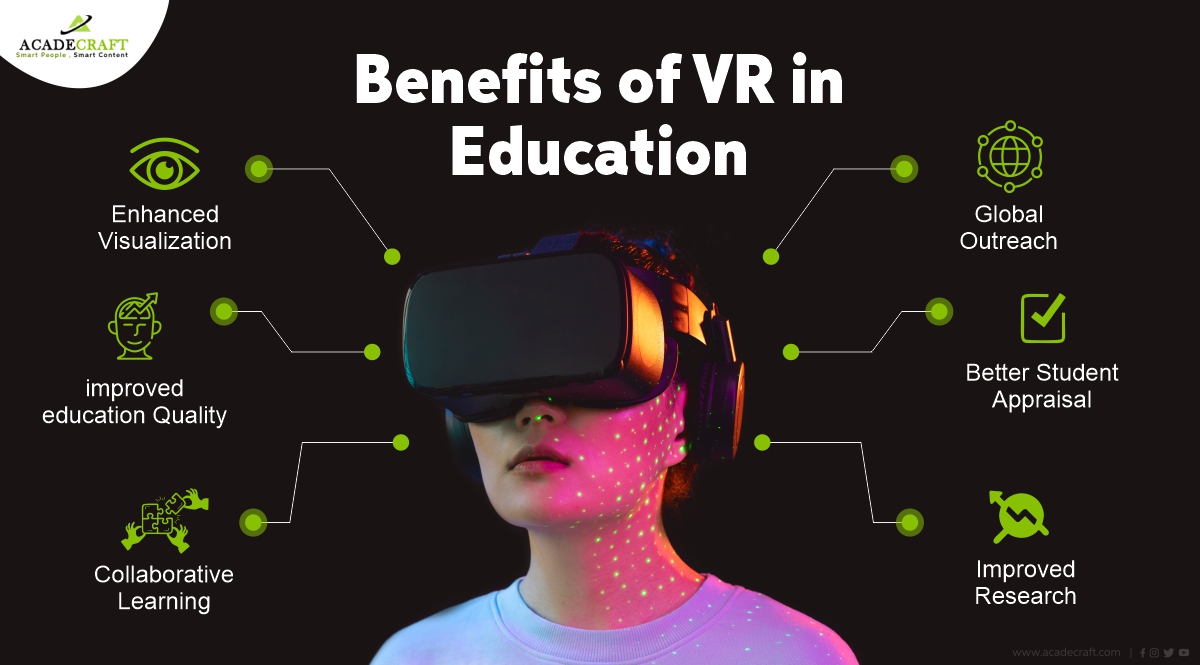Altiplano Design Insights
Exploring the beauty and creativity of design in everyday life.
Reality Check: Is Virtual Reality Getting Too Real?
Explore the fine line between reality and virtual worlds. Is VR becoming too real for comfort? Discover the future of immersion and its implications!
Exploring the Line Between Virtual Reality and Real Life: What You Need to Know
As technology advances, virtual reality (VR) is becoming increasingly intertwined with our daily lives, blurring the lines between the digital and the physical world. VR offers users immersive experiences that can replicate real-life scenarios or create entirely new environments. However, as we explore the line between virtual reality and real life, it’s essential to understand both the benefits and potential drawbacks. Users can engage in virtual worlds for entertainment, education, and even therapy, ensuring a meaningful experience. Yet, one must be cautious of the psychological impacts and the reality of addiction that prolonged exposure to VR can entail.
To navigate the complex relationship between these realms, consider the following factors:
- Presence and immersion: How realistic does the VR experience feel compared to real life?
- Interaction and feedback: Are the responses in the VR environment natural and intuitive?
- Impact on relationships: How does time spent in VR affect your personal interactions and social skills?

The Psychological Impact of Hyper-Realistic Virtual Experiences
The advent of hyper-realistic virtual experiences has transformed not only the way we engage with technology but also how we perceive reality. These immersive environments, whether through virtual reality (VR) games or simulations, can induce powerful emotional responses that mimic real-life experiences. For instance, a study found that users can feel genuine fear, joy, or nostalgia when placed in meticulously crafted digital worlds. This phenomenon raises critical questions about the psychological impact of prolonged exposure to such environments, which may lead to altered perceptions of reality and heightened emotional responses.
Moreover, the psychological impact of hyper-realistic virtual experiences can extend beyond individual users, influencing social interactions and relationships. As people become more engaged with virtual avatars and digital interactions, there is a risk of diminishing face-to-face communication skills. Additionally, individuals might develop emotional attachments to virtual characters, sparking debates about the nature of empathy and connection in the digital age. Overall, while these experiences can offer therapeutic benefits and avenues for exploration, they also pose potential risks that warrant further examination.
Is Virtual Reality Becoming Too Real? Experts Weigh In on the Risks
As virtual reality (VR) technology advances, the line between the digital and real worlds continues to blur. Experts caution that while immersive experiences can enhance entertainment and education, they may also pose serious risks. Virtual reality becoming too real can lead to a disconnection from reality, where users may struggle to differentiate between genuine interactions and simulated ones. This issue raises significant concerns, especially among younger audiences who may be more susceptible to the immersive nature of VR.
Moreover, experts weigh in on the risks associated with prolonged VR usage, such as addiction, anxiety, and altered perceptions of reality. Some psychologists argue that the intense stimulation from VR experiences can create dependencies similar to those observed in video games or social media. As the technology continues to evolve, the need for critical discussions around its societal impacts becomes increasingly essential. Balancing innovation with responsibility is crucial to ensure that virtual reality serves as a tool for enhancement rather than a source of harm.